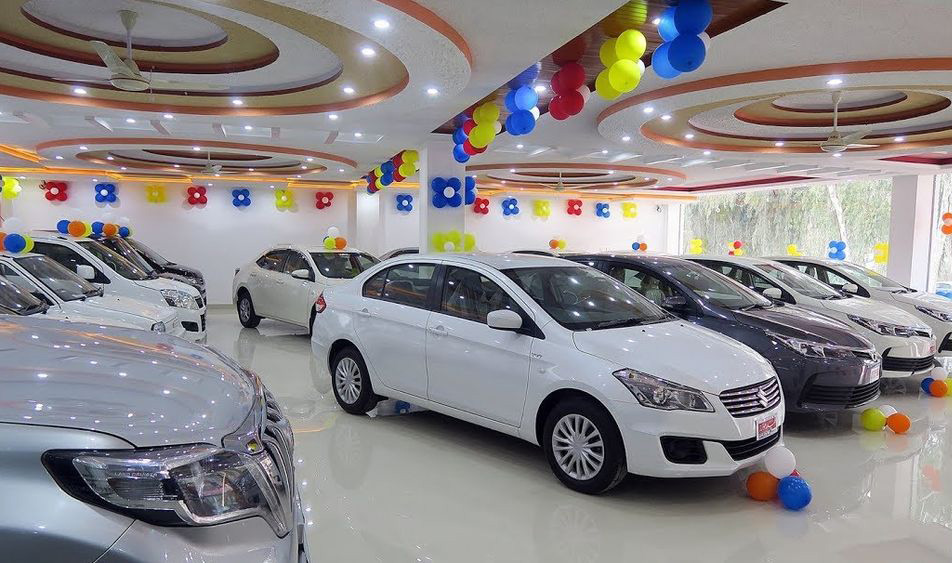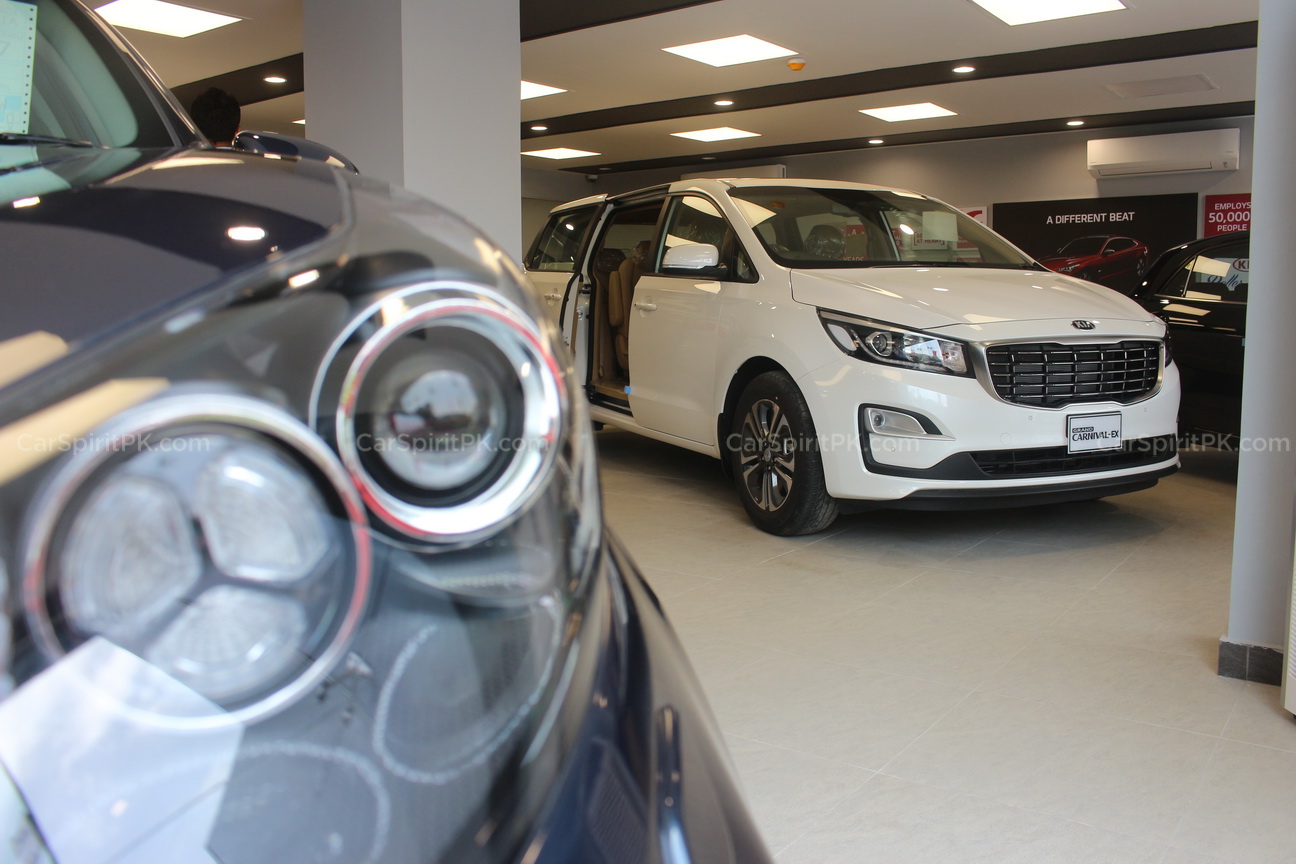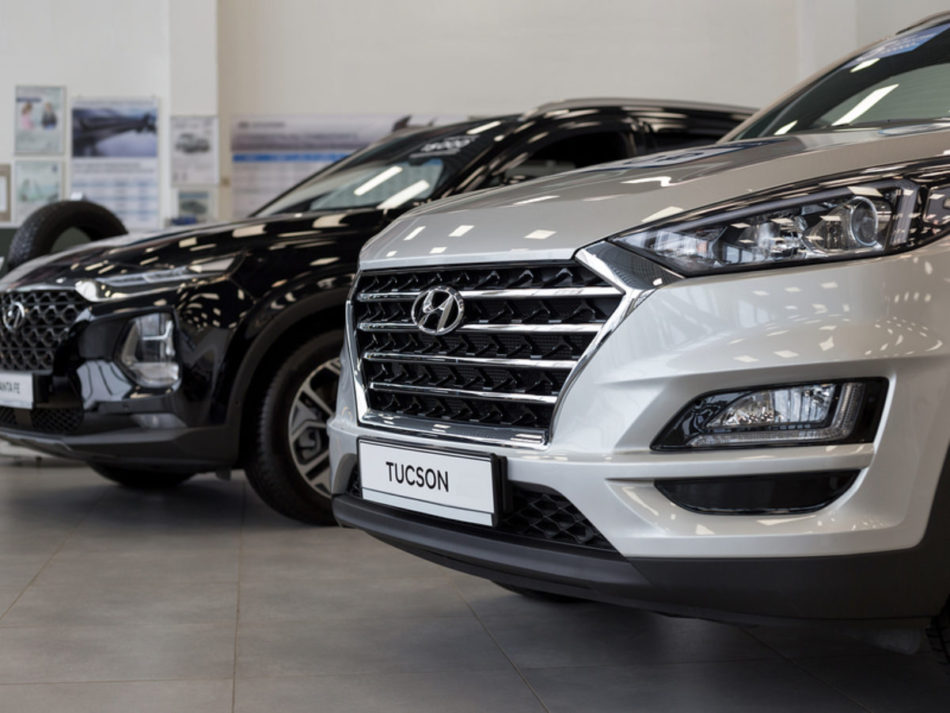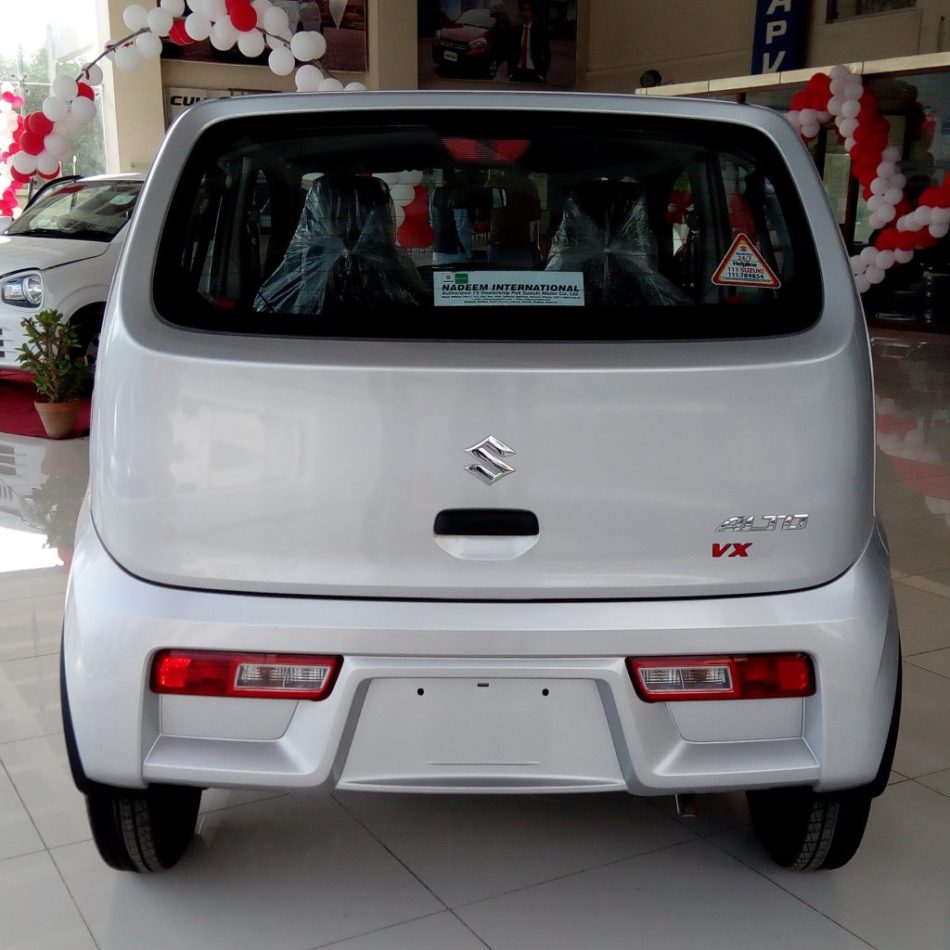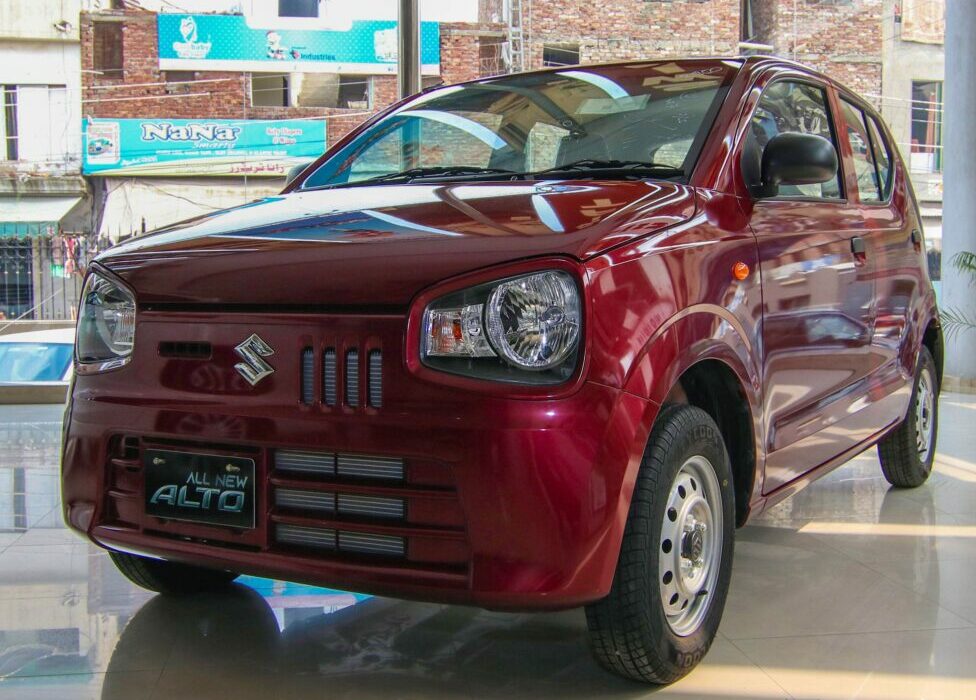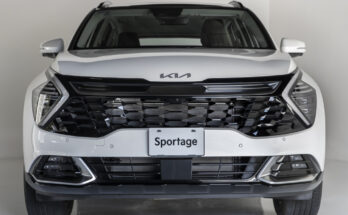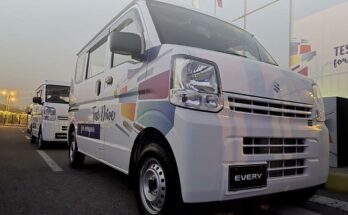We are in the final year of Auto Policy 2016-21 which will officially cease in June 2021. Government & relevant stakeholders will reportedly sit together to negotiate on formulating the new auto policy in December which will take effect from July 2021 to be effective for the next 5 years.
Related: Will Tax Cuts Really Bring the Car Prices Down?
The primary objective of the current Auto Policy was to break the monopoly of 3 Japanese automakers in the market, generate healthy competition between players, shorten the delivery period, eliminate own/ premium, increase localization, bring down car prices and improve the quality of products offered to the customers.
Related: 4 Years of Auto Policy 2016-21
Miftah Ismail, the then Chairman of the Board of Investment while announcing the policy had clearly mentioned that:
- The new automobile policy will offer tax incentives to new entrants in order to help them establish manufacturing units in Pakistan and effectively compete with the existing three assemblers, who are operating since the early 90s.
- The policy is aimed at enhancing consumer welfare and boosting competition besides attracting new players.
- The existing three car manufacturers will not be entitled to the benefits that are being offered to the new investors.
- Greater localization of auto parts had been ensured in the policy and in case the new entrants were unable to achieve the targets, they would be penalized.
However fast forward 4 years, despite all the incentives we are yet to have a single product by any newcomer that actually goes head to head against any of the existing available offerings. The market is still dominated by 3 Japanese players, menace of premium and months-long delivery period still exist, quality of cars hasn’t considerably improved yet, higher localization is still a question mark whereas car prices remain heavily dependent on only upward forex fluctuations.
Related: Pakistan Auto Policy: What Needs to be Done?
The policy was still able to attract new players, though most of which decided to pull out of the race even before making an entry. However those who did, remain focused on offering premium priced products targeted towards those with deep pockets while never trying to compete against the existing players by launching a product for volume buyers.
Due to depreciating currency, higher inflation and reduced purchase power automakers don’t find it right to introduce products that target the mass market buyers, perhaps from a business point of view, profit margins on smaller and medium sized hatchbacks & sedans are thin and require more effort to compete. However like they say since rich are becoming richer, most of the products that have been introduced so far as well as those currently in the pipeline are offered for those with deep pockets.
Interestingly in most cases, these expensive 4-wheelers actually cost more than a residential property. Some of such pricier cars include Hyundai Tucson, Ioniq, Santa Fe, Kia Grand Carnival, Sportage, Isuzu D-Max, as well as the upcoming options such as the MG HS, ZS & ZS EV, DFSK Glory Pro, Kia Sorento, Toyota Corolla Cross or Proton X70 are all targeted towards a price bracket ranging from PKR 5 million to up to PKR 18 million.
Related: Cars Under INR 5.0 Lac Across the Border
Below PKR 3.0 million range you still get the same old products by Big 3 in exception of Kia Picanto, the globally discontinued generation of which has been priced higher than the successful existing option– Suzuki Cultus. Plus there is United Bravo & Prince Pearl– the 800cc Suzuki Mehran-based Chinese hatchbacks but with their limited production capacity & restricted nationwide presence are catering to a very limited set of buyers.
Today the cheapest available mass produced passenger car in the market is Suzuki Alto VX which cost PKR 11.98 lac, not to mention it doesn’t even have an AC and many other basic things. Interestingly however, the prices of motorcycles despite the troubling economic factors haven’t seen similar turbulence thanks to a much higher localization. The 70cc motorcycles which are considered as an entry-level offering and preferred choice of the masses cost around PKR 45,000 to 50,000 these days depending on the brand. This renders an almost PKR 1.1 million rupees gap between the entry level 2-wheeler versus an entry level 4-wheeler.
Related: Rising Difference in Motorcycle & Car Prices & the Need to Fill the Gap
Surprisingly however, not so long ago the price difference between an entry level 2-wheeler and an entry level 4-wheeler was just Rs 300,000 which means the gap between the two have quadrupled within a span of less than 15 years.
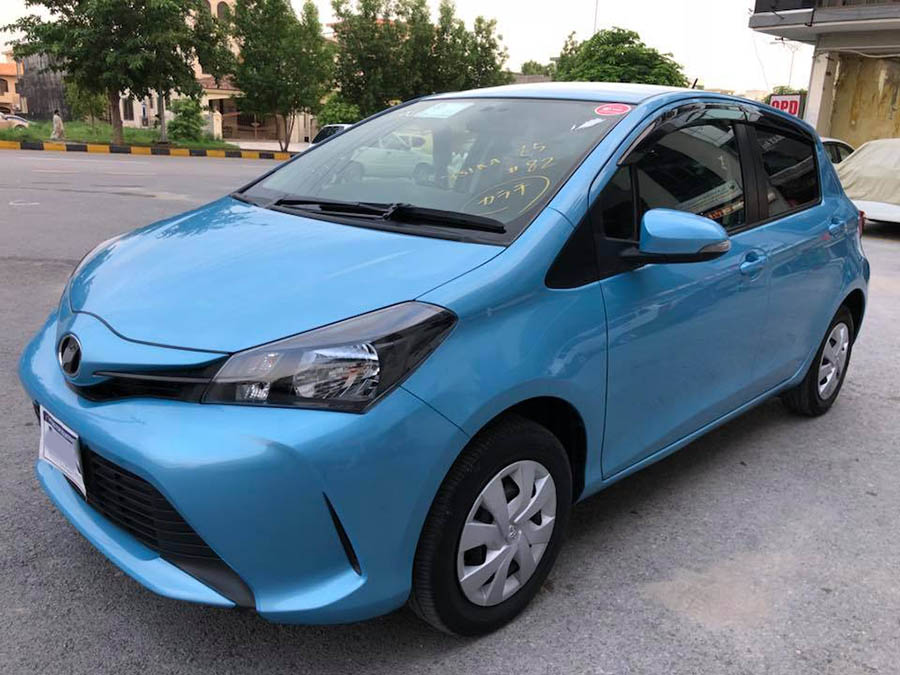
Also interesting is the fact that ever since there is a curb on used car imports, car prices have been increased much more frequently but are yet to be revised despite Pak Rupee now reaching a 7-month high against the US Dollar. So far only United Automobiles has reduced the price of Bravo hatchback while transferring the positive forex impact on to the customers, whereas the rest of the lot is yet to respond to the improving PKR effect, some of which have even increased the prices which goes against the logic.
Related: Are Local Assembled Cars Really Dependent on Dollar Rate?
It is also being said that newcomers will try to introduce as many products before June 2021 when the current auto policy is going to expire. Already too late to make an impact, the expected range of options includes but not limited to Proton Saga & X70, Changan Alsvin, Kia Cerato & a couple of more crossovers, BAIC D20, X25, BJ40, Hyundai Elantra and a few more. However again there is not a single upcoming product that is expected to be priced below PKR 2.25 million and hence the large majority of people will still rely on either getting used, or say abused cars from the market or keep on commuting using motorcycles along with their families.
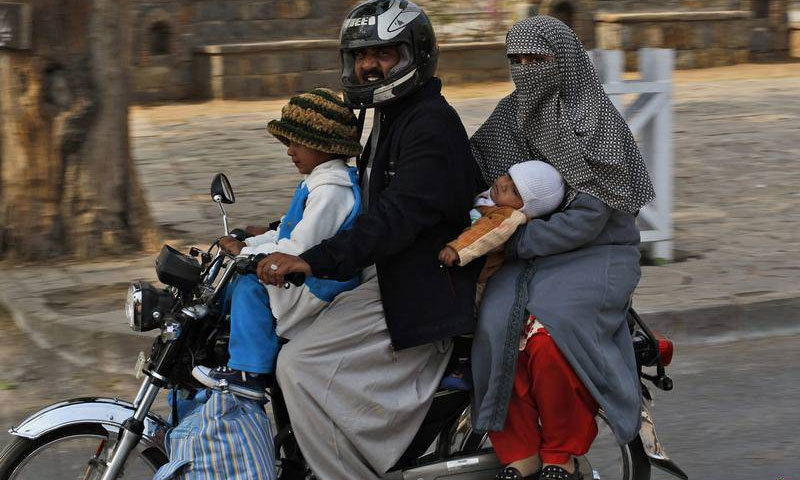
The irony is, even the likes of Suzuki Bolan which was discovered some 40 years ago and after getting deprived of so many things during all these years, is left with just a steering, gear lever & three pedals, and yes a couple of less seats is priced at PKR 11.34 lac.
Related: Affordable Cars- Need of the Hour
Whether there will be more new options for the masses in forthcoming Auto Policy 2021-26, we will have to wait to find out. But from the looks of it, there will be more premium priced SUVs to choose from (the segment which constitute less than 10% of market) rather than mass market hatchbacks or entry level sedans. Want to share your thoughts on this, use the comment section below.

A computer animation professional with over 23 years of industry experience having served in leading organizations, TV channels & production facilities in Pakistan. An avid car enthusiast and petrolhead with an affection to deliver quality content to help shape opinions. Formerly written for PakWheels as well as major publications including Dawn. Founder of CarSpiritPK.com

